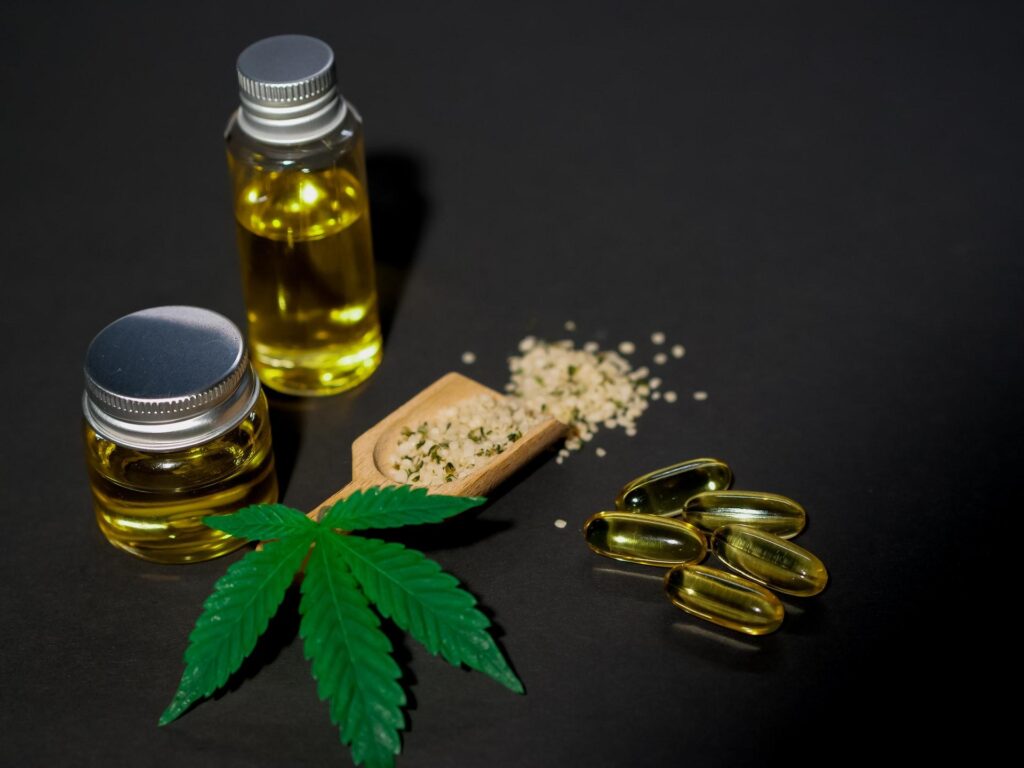Cannabis Myths You Really Need to Know
People have been using weed for millennia. It’s been a source of food and medicine, and its psychoactive properties have played a role in religious rites and recreation. After thousands of years of consumption, you’d think humans would be better at differentiating between marijuana facts and fiction. But alas, there are at least eight common cannabis myths out there. If you know what they are, the odds that you’ll reap nothing but benefits from this unique substance are much higher. Puns aside, let the debunking begin.
Myth 1 – Cannabis is Not Addictive
Alcohol and tobacco are arguably more addictive than marijuana, and marijuana is not more of a gateway drug than these substances are.
But cannabis addiction, while rare, is entirely possible. There’s a reason cannabis use is illegal for individuals under 19. About 11% of teen cannabis users will develop a substance use disorder, compared to 6% of young adults.
The odds of addiction go up with the daily consumption of THC. If you find yourself lighting up joints compulsively or going through withdrawal symptoms such as mood swings, low appetite, and sleep difficulties, you can call 811. A HealthLinkBC employee will provide you with resources to help overcome dependence.
Myth 2 – Pot is Always Safe
Sourcing high-quality, trusted weed is essential, as is buying and consuming cannabis in places where it is legal. Legalization means regulation, quality control, proper labelling and safety.
Synthetic weed, known by the street names spice or K2, is a total no-go zone. Firstly, it’s illegal in Canada. Secondly, you don’t want to dabble in fake weed because black market manufacturers produce it in unsafe conditions, the ingredients are unpredictable and hazardous, and the side effects can be lethal.
Myth 3 – Cannabis Was Stronger Back in the Day
Because of selective breeding practices today, batches of cannabis can be bred to have a higher THC content. Some of the marijuana currently in circulation is stronger than what was available in the 60s or 80s. In other words, you may need less weed to get the same high as your grandma once did.
Strains can also be bred to have higher CBD levels for medicinal reasons. The amount of CBD in a particular cannabis strain impacts potency because CBD counteracts a few of THC’s effects. There are limits to how much THC products can have in the Great White North.
Myth 4 – Driving After Marijuana Use is Fine
Cannabis remains in your system even after you stop feeling its stimulant or hallucinogenic effects. It’s an unusual drug in that it’s also a depressant. So, cannabis can calm you down, but it slows your breathing and reflexes and impairs coordination. This means it’s a bad idea to toke up only to try and operate a machine or vehicle soon after.
Driving under the influence of cannabis is a crime because of the risk of causing a road traffic accident, so avoid getting behind the wheel for at least four to six hours after use. And if you don’t feel quite right even after this amount of time has passed or you’re a frequent marijuana user, it’s best to err on the side of caution and carpool.
Myth 5 – Cannabis Is Okay To Use While Pregnant or Breastfeeding
There is no green light to consume marijuana while expecting or nursing an infant—quite the opposite. Cannabis use increases the chance that a baby will be born with congenital disorders. Marijuana is also not a safer alternative to post-birth pain relievers or other medications. It can enter breastmilk, and there’s not enough research as yet to rule out danger.
Myth 6 – Holding the Smoke in Your Lungs Intensifies the High
Nope. This belief is a misconception. If you hold the smoke in for 10-15 seconds, you’re simply depriving yourself of oxygen which makes you feel light-headed. And you’re damaging your lungs in the process by introducing more toxins to them. Skip this practice, and you’ll breathe a whole lot easier.
Myth 7 – You Can Pass a Urine Drug Test After Using Pot
Most standard 5-panel and 10-panel drug tests check for marijuana. How long the drug stays in your system depends on the dose and frequency of use. If you use cannabis daily, it won’t clear your system for at least 15 days. Habitually using weed about three times a week usually means it will take about three days to exit your body. Plan accordingly.
Myth 8 – It’s Impossible to Overdose on Weed
Ever heard the phrase ‘moderation in all things’? It’s pretty decent advice for life in general, but especially for cannabis consumption. Heavy use can lead to an overdose. Cannabis overdoses are not lethal, but they sure are unpleasant. Symptoms of an overdose include but are not limited to dizziness, chest pains, vomiting, and paranoia.
The risk of overdose is much higher if polysubstance use takes place. Don’t use grass with alcohol or prescription medications, for example.
And be careful with edibles. They take longer to kick in because they go through your digestive system, and the delay often leads to people ingesting too much.
Explore the Kēlo Cannabis Product Range
Now that you can tell your cannabis truths from falsehoods, you’re better equipped to make responsible choices. Cannabis is relatively safe, but it affects different people in different ways. Listen to your body, be sure to avoid overindulging, and arrange for a designated driver if necessary.
At Kēlo Cannabis, we’re constantly inspired by nature and our community in British Columbia. Our passion and zest for life filter through to our business.
Whether you’re trying cannabis for the first time or you’re an old hand at experiencing its benefits, you can trust that Kelo’s products meet stringent quality standards. Browse our extensive range online or visit our store in downtown Kelowna.
